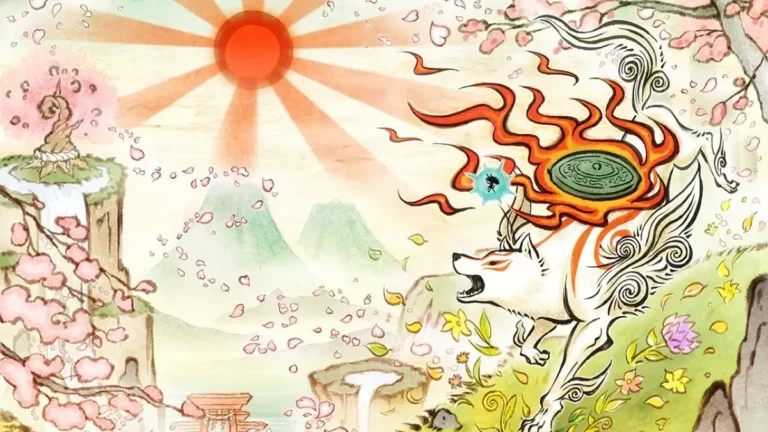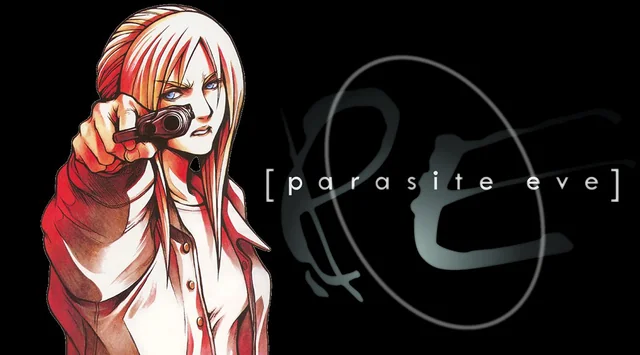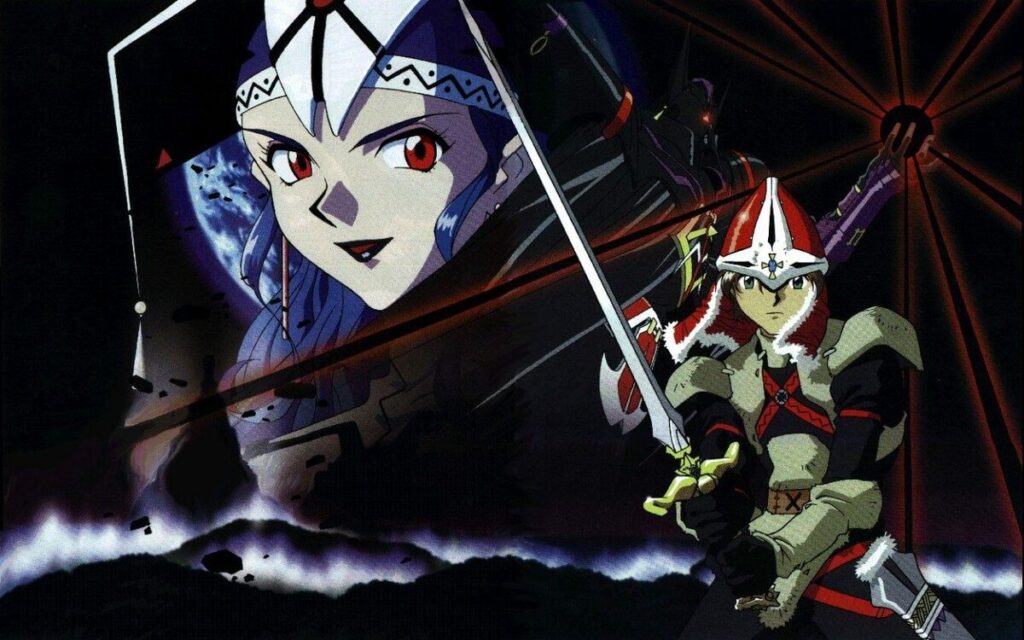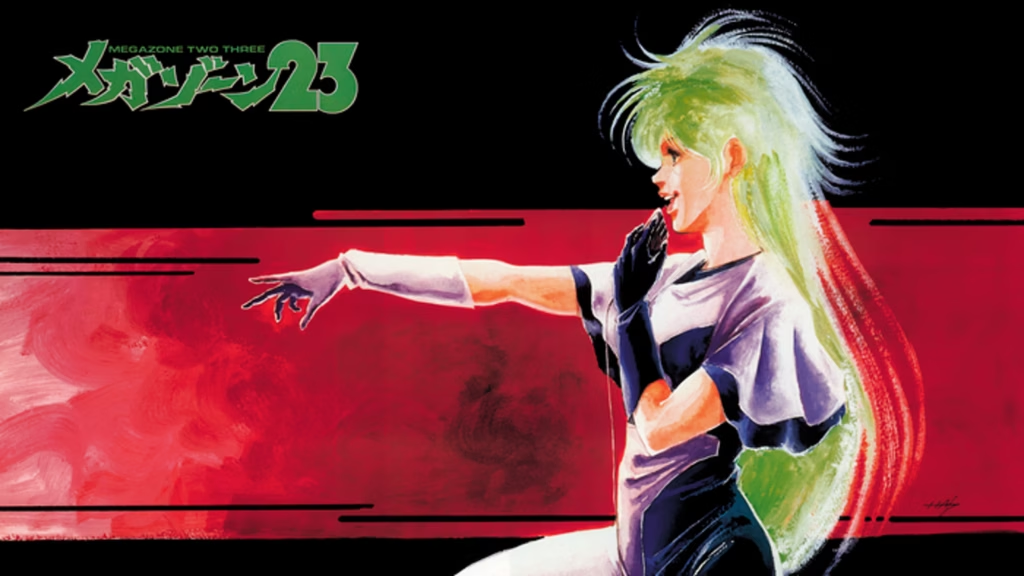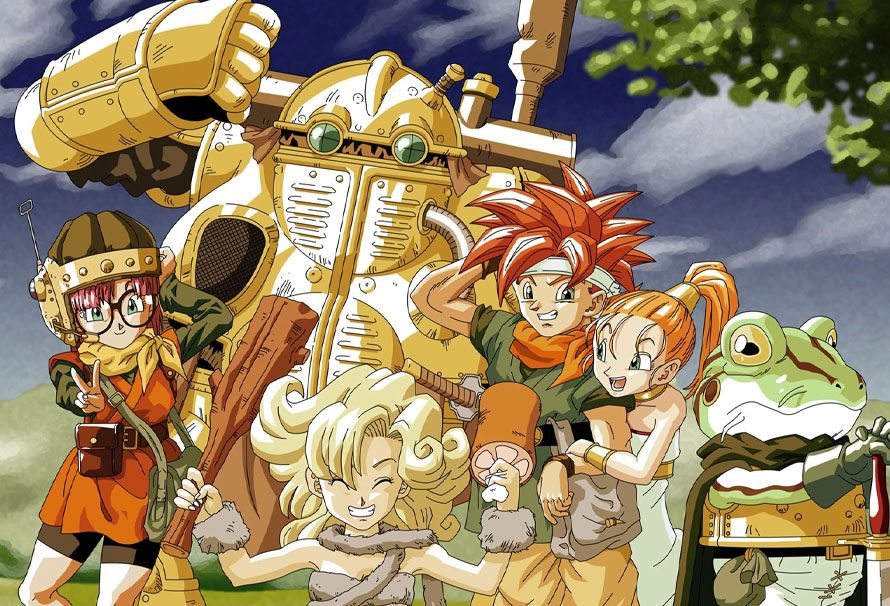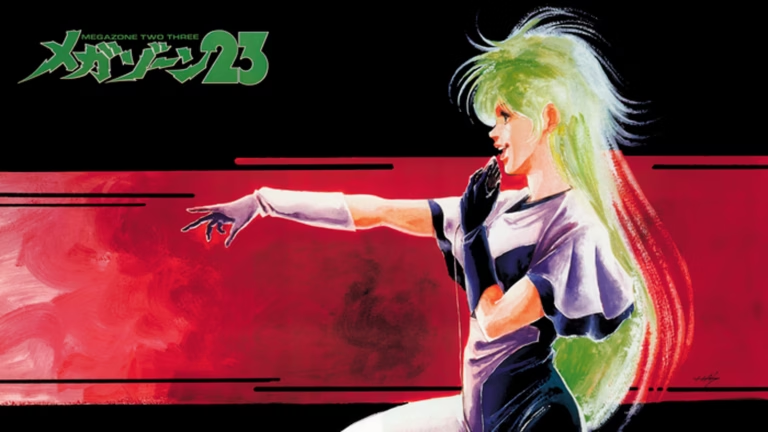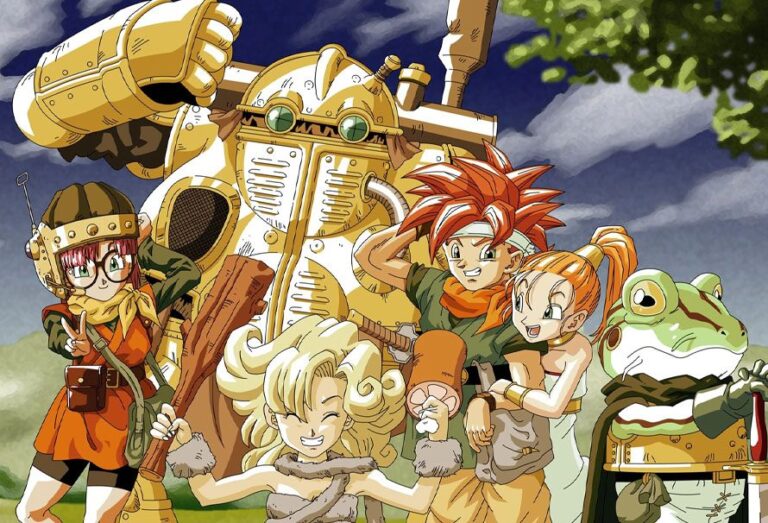Platform | PlayStation |
|---|---|
Publisher | Square |
Genre | Survival Horror RPG |
Release Date | 09/09/1998 |
Released in 1998 for the PlayStation, Parasite Eve is a groundbreaking title from Square Enix (then SquareSoft) that fuses survival horror with traditional JRPG mechanics. Based on Hideaki Sena’s novel of the same name, the game stands out for its unique mix of cinematic storytelling, tactical combat, and haunting atmosphere. Here’s a thoughtful and thorough review of this cult classic that continues to resonate with players decades later.
—
Story: A Sci-Fi Horror Masterpiece
The narrative of Parasite Eve is one of its strongest aspects. Set in New York City, the game follows Aya Brea, a rookie NYPD officer, as she uncovers a biological nightmare centered around a sentient mitochondria-driven entity called Eve. The story intertwines science fiction with horror, exploring themes of human evolution, genetic manipulation, and existential dread.
Key Plot Highlights
- The game begins with a shocking scene at Carnegie Hall, where an opera audience spontaneously combusts, setting the stage for a chilling mystery.
- Aya’s connection to Eve is gradually revealed, offering deeply personal stakes for her battle against this biological threat.
- The story delves into scientific theories, giving it a unique edge compared to more fantastical JRPGs.
The game’s pacing is deliberate, balancing intense action sequences with quieter moments of exploration and discovery. This storytelling approach, combined with expertly crafted cutscenes, keeps players engaged from start to finish.
—
Gameplay: A Unique Blend of Genres
Parasite Eve bridges the gap between survival horror and RPG, creating a gameplay experience that feels fresh and innovative even today.
Combat System
- Active Time Battle (ATB): Borrowing from Final Fantasy, combat operates on an ATB system, but with a twist—players can move Aya in real-time to dodge enemy attacks, adding a layer of strategy.
- Parasite Energy: Aya’s unique powers, such as healing and offensive abilities, provide tactical options and grow stronger as she levels up.
- Weapon Customization: Players can enhance weapons and armor using tools and parts found throughout the game, adding depth to the combat system.
Exploration and Puzzles
- The game is set in real-world locations such as Central Park and the Museum of Natural History, each rendered with atmospheric pre-rendered backgrounds.
- Environmental puzzles, while straightforward, add variety and encourage players to explore every corner of these eerie locations.
The gameplay strikes a delicate balance between tactical planning and real-time engagement, making every encounter feel tense and rewarding.
—
Visuals and Atmosphere: A Cinematic Triumph
For a game released in 1998, Parasite Eve features stunning visuals that elevate its horror and sci-fi elements. The combination of pre-rendered backgrounds and dynamic 3D character models creates a sense of realism and immersion.
Graphics
- Pre-Rendered Environments: Locations are richly detailed, capturing the cold, isolating vibe of a New York City under siege.
- Cutscenes: SquareSoft’s mastery of CGI is on full display, with cinematic sequences that heighten the tension and drama.
- Creature Design: Eve’s mutated creations are grotesque and unsettling, perfectly complementing the game’s horror themes.
Sound Design
- Score: Composed by Yoko Shimomura, the soundtrack blends haunting piano melodies with industrial beats, creating an atmosphere of unease and suspense.
- Ambient Sound Effects: The subtle sound design—echoing footsteps, distant screams, and the hum of machinery—immerses players in the game’s world.
The visuals and sound work in harmony to create a world that feels both grounded and otherworldly, pulling players deeper into the narrative.
—
Difficulty and Replayability
Parasite Eve offers a balanced level of challenge, with battles and puzzles requiring strategic thinking rather than brute force. The game’s New Game+ mode and optional content add to its replayability.
Challenge
- Boss Fights: Memorable battles, such as the one against Eve’s monstrous form in Central Park, test players’ mastery of the combat system.
- Resource Management: Like other survival horror titles, players must carefully manage their healing items and ammunition.
Replay Value
- New Game+: Completing the game unlocks the Chrysler Building, an optional dungeon with tougher enemies and a secret ending.
- Customization: Experimenting with different weapon builds encourages multiple playthroughs.
The game’s manageable length (roughly 10-15 hours) makes it ideal for replaying to uncover all its secrets.
—
What Makes Parasite Eve Stand Out?
Parasite Eve occupies a unique space in gaming history. Its blend of survival horror and RPG mechanics was ahead of its time, influencing later titles like Vagrant Story and even Final Fantasy VII Remake. Its mature, science-driven narrative sets it apart from more fantastical JRPGs, offering a grounded yet deeply unsettling experience.
Key Innovations
- The fusion of real-time and turn-based combat remains a standout feature.
- The focus on scientific horror themes gives the game a distinct tone.
Few games have successfully combined so many disparate elements into such a cohesive and memorable package.
—
Final Verdict
Parasite Eve is a true classic that pushes the boundaries of what a JRPG can be. Its compelling story, innovative gameplay, and haunting atmosphere make it a must-play for fans of survival horror and role-playing games alike. While some aspects of its visuals and mechanics show their age, the game’s unique charm and creativity ensure its enduring legacy.
Pros
- Engaging and emotional story with mature themes.
- Unique blend of survival horror and RPG gameplay.
- Atmospheric visuals and an unforgettable soundtrack.
- Replayability through New Game+ and optional content.
Cons
- Limited inventory space can feel restrictive at times.
- Some mechanics, such as movement during combat, may feel dated.
Score:





Parasite Eve remains a hauntingly original experience that deserves its place in gaming history. Whether you’re revisiting it or discovering it for the first time, it’s a journey worth taking.


